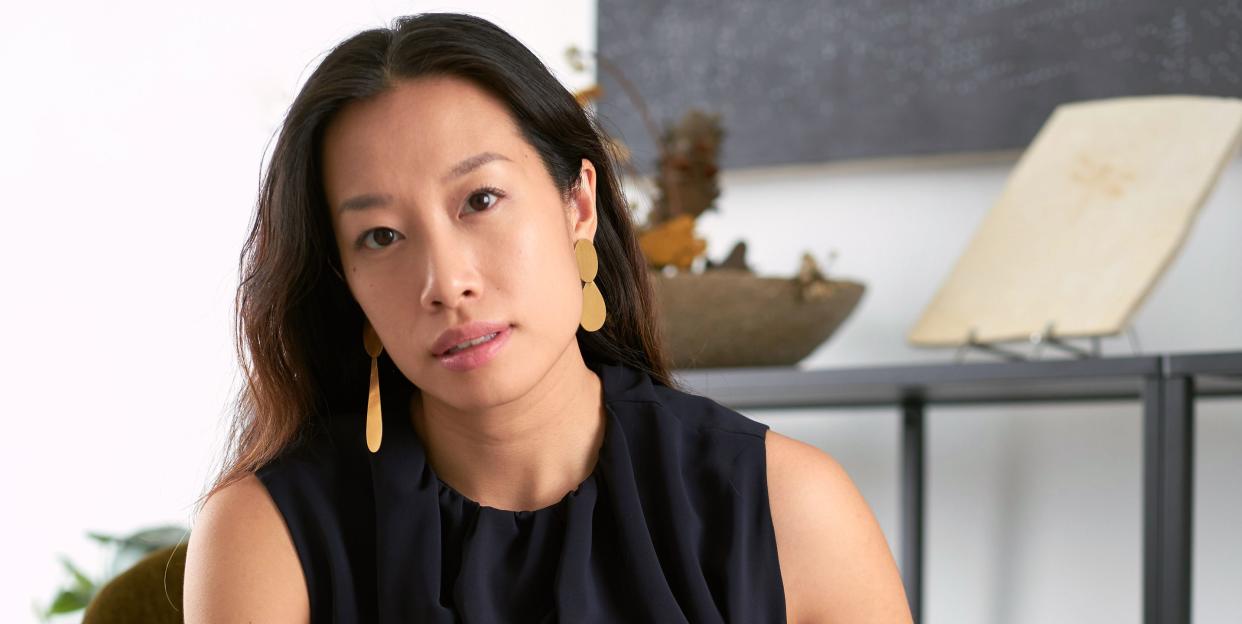How to become an art expert

Anyone who visited Frieze London or Art Basel Paris this month will know that art fairs can be as intimidating as they are thrilling, with such a large volume of work on display and relatively little information to guide visitors who are new to the scene.
It was that very educational gap that inspired Christina Chua to co-found Metis Art, which provides courses and advisory services to equip amateur art aficionados with the knowledge and guidance to start or grow their collections in a way that is both coherent and commercially astute.
Chua began her career as an art writer before going to work for the Singapore branch of OTA Fine Arts, a gallery known for advancing global recognition of Japanese art. The experience gave her a great deal of respect for what such institutions can do for the artists they represent. “I saw how much care is extended towards artists, the careful stewardship of their career,” she explains. That “close, trusted relationship” between artist and gallery formed the seeds of her idea for Metis, which was conceived as an educational resource for collectors keen to operate in the primary rather than the secondary market. “We introduce our clients to the right galleries and maintain those steady relationships,” she says.
Chua’s business partner came from the world of high finance, and only discovered his interest in museums and galleries late in life; thus, his knowledge of art was limited but he was eager to learn. The pair used him as a test case for Metis, along with a number of their friends from industries including law, medicine and banking, to whom they offered the opportunity to try out a free small-group course in return for providing feedback. The business grew organically from there, with a number of participants progressing from foundational to advanced courses, or even opting to consult privately on their art collections. “Some will come to me with a list of artists they’re interested in and ask for a second opinion, while others might arrive with just a brief and a budget,” says Chua.
Here, she shares a few tips on how to get your head around the complexities of the art world…
1/ Learn how to read an artist’s CV
"That CV is really like a map through the art world – it helps you read the artist’s journey as he or she passes from education to their first group and solo exhibitions, culminating in major shows and retrospectives, or even entering museum collections. Ultimately, it’s that journey that explains how a work is priced."
2/ Focus on your core interests
"Identify what themes you want to commit yourself to, whether that’s a bent towards female artists or a regional affiliation such as Southeast Asian artists. Then read voraciously and visit as many galleries as you can to find out more. Think about your collection not as an accumulation of objects but as a commitment to particular artists."
3/ Make a conscious contribution
"We really want to get across to collectors that even at the outset – perhaps even before they have bought their first work – they can become active supporters of the arts ecosystem. Many people think they have to be on an acquisitions committee or a board to be consider a patron of the arts, but actually, anybody can play their part at any level. Remember that any collection, however small, can have a social mission."
4/ Don’t be afraid to share your opinions
"Art is a site for people to assert what is often at the fringes of political correctness and human or cultural development – it’s a place where charged conversations can happen. Like any industry, it has its share of scandals and conflicts, but I believe it has space for many different types of people and for making many different voices heard."
You Might Also Like


